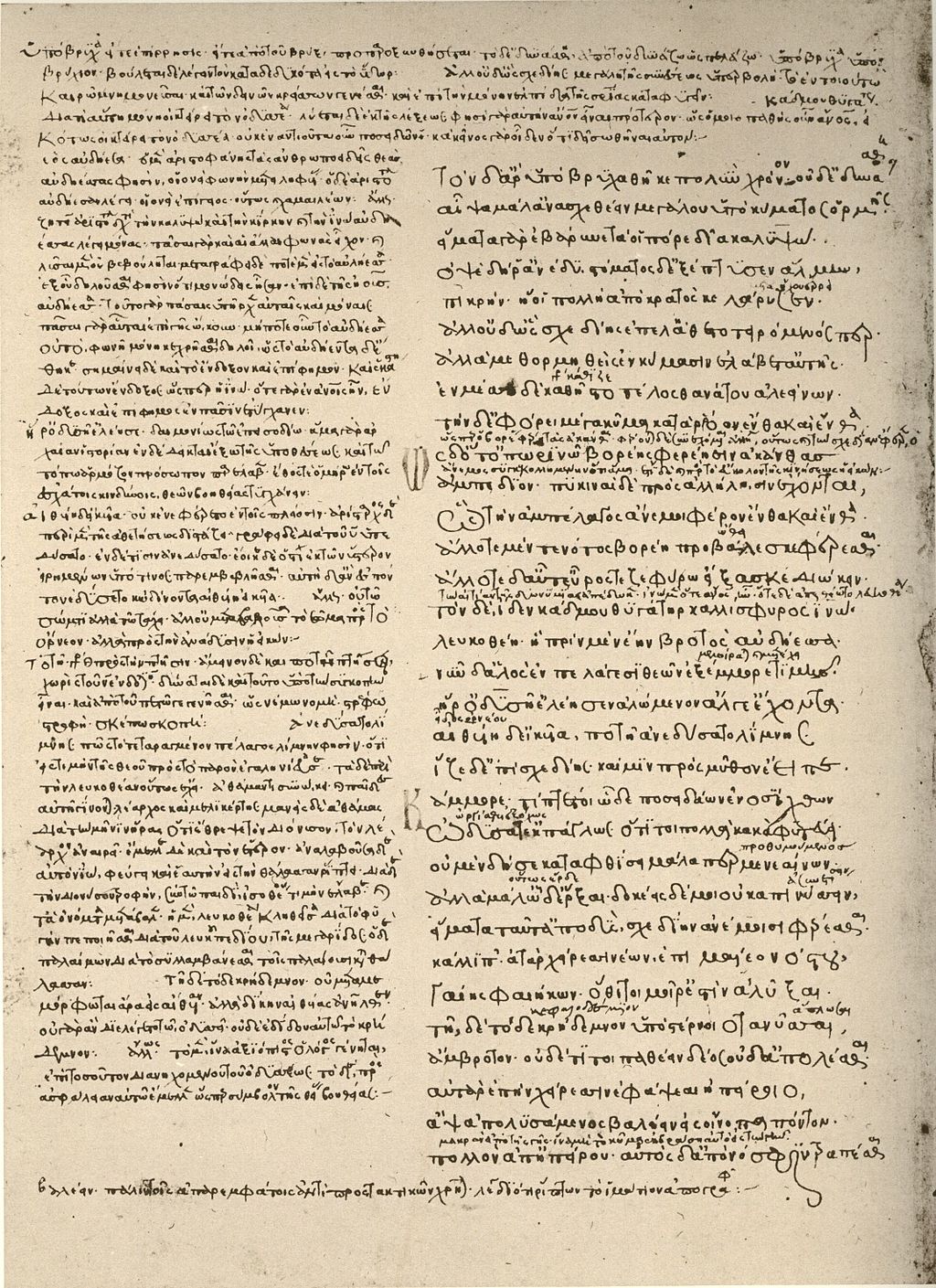Odyssey: The Return – A Timely Journey into the Real and Mythic Past
By Anno Media
With the anticipated European release of Odyssey: The Return, audiences are once again drawn into the timeless tale of Odysseus—the reluctant warrior, brilliant trickster, and eternal wanderer. But how much of this epic is rooted in real events? Did the Trojan War ever happen? Was Odysseus a real man, or simply the invention of a brilliant bard?
This is a journey through history, myth, and discovery—where poetry meets archaeology, and imagination gives way to buried truths.

Homer, Odyssey, with scholia, in ms. Biblioteca Apostolica Vaticana, Vaticanus Palatinus graecus 7, fol. 46v.
The Odyssey: Greece’s Eternal Epic
Attributed to the blind poet Homer and believed to have been composed in the 8th century BCE, The Odyssey is the second of two monumental epic poems (after The Iliad) that form the bedrock of Western literature. It recounts the 10-year voyage of Odysseus, King of Ithaca, as he attempts to return home after the fall of Troy, facing mythical monsters, vengeful gods, and seductive temptresses.
But for centuries, scholars debated whether these stories were anything more than sophisticated fiction.
From Myth to Reality: The Discovery of Troy
Until the 19th century, most Western intellectuals dismissed The Iliad and The Odyssey as myth. The idea that Troy—a city besieged by Greeks and eventually conquered with a wooden horse—had ever truly existed was considered romantic fantasy.
Then came Heinrich Schliemann.
The German businessman turned archaeologist was obsessed with Homer from a young age. Convinced that the stories were based on real events, he traveled to northwestern Anatolia (modern-day Turkey), guided only by clues from Homeric texts.
In the 1870s, at the site of Hisarlik, Schliemann uncovered the remains of multiple ancient cities built atop one another. Among them was a fortified Bronze Age settlement that bore all the hallmarks of Homeric Troy. It had thick walls, evidence of fire and destruction, and a strategic location near the Dardanelles. Today, this site is officially recognized as the archaeological city of Troy. While Schliemann’s methods were criticized—he often damaged as much as he revealed—his excavations proved one thing: Troy was real.
The Historical Core: Was There a Trojan War?
Although the exact details remain elusive, most scholars now believe that a conflict resembling the Trojan War likely occurred around the 12th or 13th century BCE—during the Late Bronze Age collapse. This era saw the downfall of many great civilizations: the Mycenaeans in Greece, the Hittites in Anatolia, and even Egypt suffering invasions from mysterious “Sea Peoples.” Archaeological layers at Troy show a destruction horizon dated to roughly circa 1180 BCE, fitting this timeline. Whether this was a war over trade routes, a regional power struggle, or something akin to the legendary abduction of Helen, remains a matter of interpretation.

Jacob Jordaens – Odysseus in the Cave of Polyphemus (1635)
Odysseus: Fact, Fiction, or Folk Memory?
Unlike Troy, there’s no definitive proof that Odysseus existed as a historical figure. But his kingdom—Ithaca—does. Modern-day Ithaki in western Greece continues to claim descent from Homer’s hero.
Some theories suggest that Odysseus represents an amalgam of seafaring leaders from the Aegean or Ionian islands. His trials—Cyclops, Sirens, Circe, Scylla and Charybdis—may reflect distorted folk memories of real maritime dangers or foreign cultures encountered during long voyages.
The structure of The Odyssey also hints at a deep oral tradition. These stories were likely passed down for centuries before being written, evolving over time but preserving cultural truths beneath mythic veneers.
Fascinating Discoveries and Debates
- In 2018, archaeologists discovered a clay tablet in Olympia inscribed with 13 verses from The Odyssey, potentially dating back to the Roman era—one of the oldest physical copies of the poem.
- Schliemann claimed to have found the “Treasure of Priam” at Troy—jewelry and weapons he associated with King Priam and Helen of Troy. Many now believe the artifacts come from a layer centuries earlier than Homer’s Troy, but the romance of the find remains.
- Scholars now believe the Homeric epics reflect a mixture of Mycenaean Bronze Age customs and Geometric Age Greek culture, suggesting that Homer wrote about a semi-mythic past using the norms of his own time.
A Story That Still Sails On
The Odyssey’s endurance lies in its universal themes: longing for home, the struggle against adversity, the complexity of human nature, and the search for identity. Each generation rediscovers it anew—through books, stage, opera, and now, cinema. As Odyssey: The Return hits screens across Europe, it offers not only a cinematic spectacle, but also a chance to reflect on the blurred boundaries between legend and history, poetry and proof.
Epilogue: What Lies Beneath
Heinrich Schliemann once declared:
“I have gazed upon the face of Agamemnon.”
That face, preserved in gold at Mycenae, may not belong to the king of legend—but it does belong to someone who lived, fought, and ruled in the time remembered by myth. The Odyssey, too, is a face we’ve gazed upon for millennia. And every now and then, beneath the layers of story, we glimpse something real.



